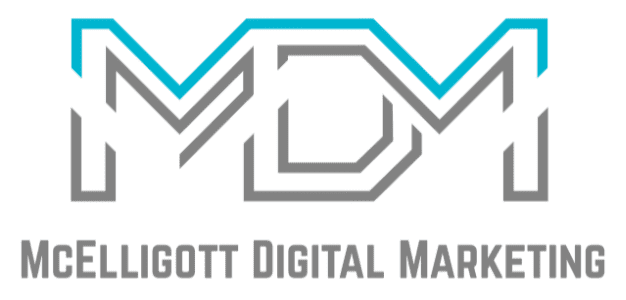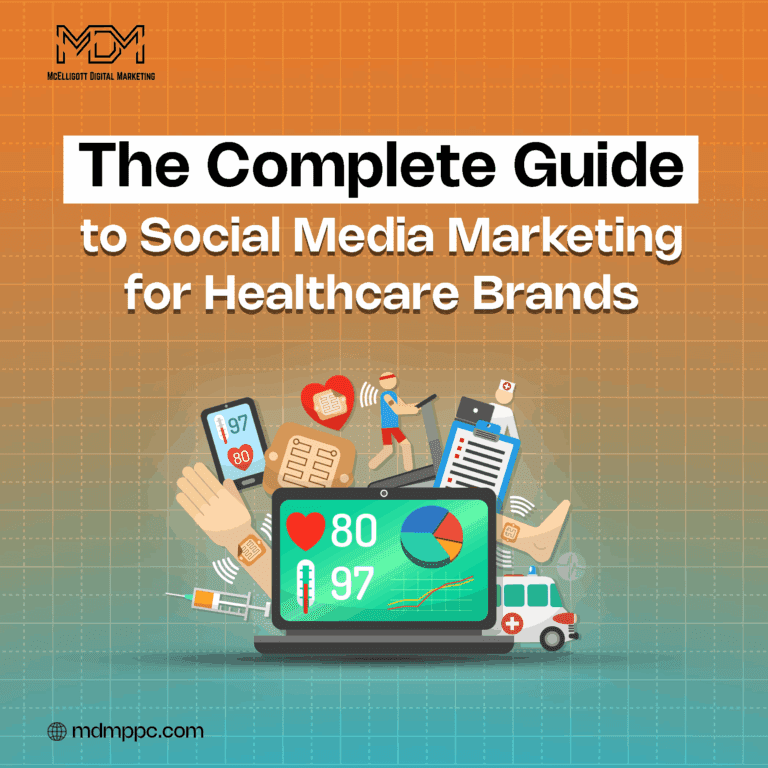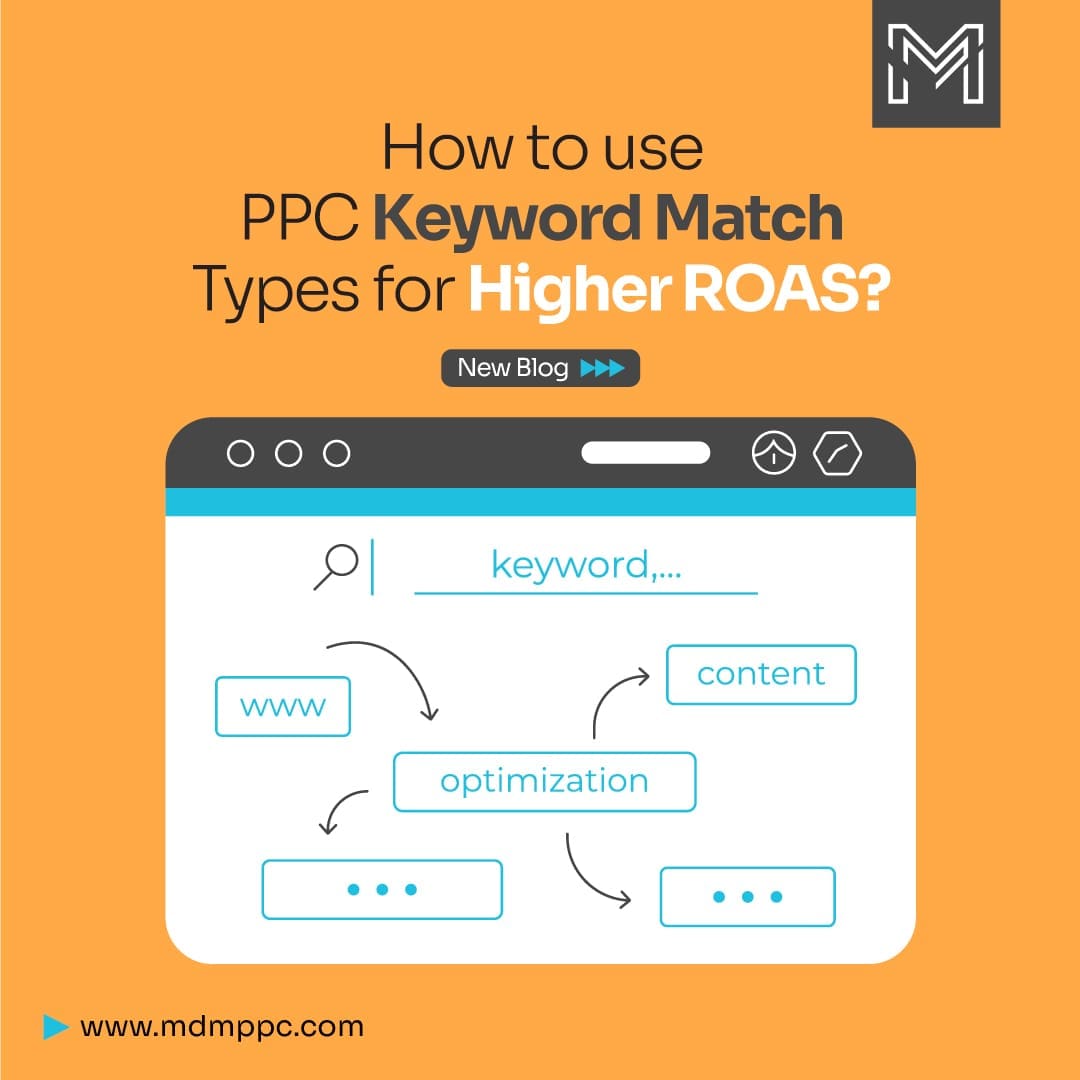In today’s digital-first world, social media has become a powerful tool for healthcare providers—not just for marketing, but for building trust, educating patients, and improving overall care. From hospitals to private practices, healthcare brands are realizing that an active social presence can enhance visibility, boost patient engagement, and foster long-term loyalty.
But marketing in the healthcare industry comes with its own set of rules—compliance, sensitivity, and accuracy are non-negotiable. So how do you create impactful, trustworthy, and patient-friendly content?
In this blog, we’ll explore proven social media marketing strategies tailored for healthcare—backed by real-world examples, best practices, and actionable tips to help your organization grow ethically and effectively.
Understanding the Role of Social Media in Healthcare
Social media is no longer just a place for personal updates and entertainment—it has become a vital communication channel in the healthcare industry. For patients, platforms like Instagram, Facebook, LinkedIn, and YouTube offer access to credible health information, real-time updates, and direct interaction with providers. For healthcare organizations, it’s an opportunity to educate, connect, and build trust at scale.
At its core, social media in healthcare serves multiple purposes:
- Education: Clinics and hospitals use social platforms to share tips, disease prevention guides, wellness checklists, and important public health updates. These posts help demystify medical concepts and encourage healthier behavior.
- Engagement: Healthcare brands can respond to patient queries, participate in awareness campaigns, or highlight community outreach programs—making their services feel more human and accessible.
- Reputation Building: Reviews, patient testimonials, and consistent communication establish credibility. In fact, nearly 60% of patients say a healthcare provider’s social media presence influences their decision to seek care.
- Crisis Communication: From COVID-19 updates to appointment changes, social media enables fast, wide-reaching communication during emergencies or policy shifts.
However, with great reach comes great responsibility. Healthcare providers must ensure content accuracy, protect patient privacy (HIPAA compliance), and avoid making unverified claims. Unlike traditional marketing, social media in healthcare requires a tone of empathy, clarity, and integrity.
Key Strategies for Effective Healthcare Social Media Marketing
In an industry as critical and sensitive as healthcare, your social media marketing strategy can’t just be “trendy”—it has to be thoughtful, reliable, and people-first. Whether you’re a hospital, clinic, wellness brand, or private practice, here are the most effective strategies to help you build trust, grow your reach, and improve patient outcomes through social media.
Share Educational and Preventative Health Content
Education builds trust. One of the most impactful ways healthcare brands can use social media is by sharing accurate, digestible health information. Think of it as digital health literacy.
What to post:
- Tips for managing chronic conditions (e.g., diabetes, hypertension)
- Preventative care checklists
- Seasonal health reminders (flu shots, sunscreen, hydration)
- Infographics that simplify complex medical topics
- Myth-busting posts for common health misconceptions
Why it works:
This kind of content positions your brand as a credible source and shows you care about improving lives, not just filling appointments.
Engage with the Community
Healthcare isn’t one-way communication—it’s about building relationships. Social media allows you to connect with patients, caregivers, and local organizations in a more human, approachable way.
How to engage:
- Respond to comments with empathy and professionalism
- Run Q&A sessions with doctors or specialists
- Acknowledge health awareness days with stories, facts, or support resources
- Feature staff highlights to humanize your team
Pro Tip: Use local hashtags and tag community groups to boost your visibility within specific regions.
Highlight Patient Testimonials and Success Stories
Nothing builds trust like real stories. When prospective patients see that others have had positive experiences, it reduces anxiety and boosts confidence.
What to include:
- Video testimonials from patients (with consent)
- Before/after stories (especially in dental, dermatology, physical therapy)
- “A Day in the Life” features of a patient undergoing treatment
- Thank-you posts from patients (reshared with permission)
Why it matters:
Storytelling makes your brand relatable and emotionally engaging, turning healthcare into something people can connect with, not fear.
Combat Misinformation
Health misinformation spreads fast online—and it can be dangerous. As a trusted healthcare provider, your voice has authority. Use it to set the record straight.
How to approach it:
- Create short, fact-based videos that bust common myths
- Use carousels or reels to break down “viral health trends”
- Share links to reputable sources like WHO or CDC
- Collaborate with medical experts to co-author content
Tone tip: Avoid sounding judgmental. Use a tone that’s informative, calm, and patient-focused.
Utilize Influencer Partnerships
Yes—even healthcare can benefit from influencer marketing—but it has to be ethical and value-aligned.
Look for:
- Micro-influencers in health, wellness, or fitness who are evidence-based
- Chronic illness advocates or mental health creators who share their stories
- Healthcare professionals with strong social followings (e.g., dietitians, therapists)
How to collaborate:
- Sponsored Q&A sessions
- Product/service walkthroughs
- Campaigns around awareness months (e.g., Breast Cancer Awareness, Mental Health Month)
Why it works:
Influencers can communicate in a more casual, engaging way—helping you reach audiences who may not follow traditional healthcare pages.
Monitor Performance and Adapt Strategies
It’s not just about posting—it’s about improving. Use analytics tools to track what content resonates with your audience and adjust your strategy accordingly.
Track metrics like:
- Engagement rate (likes, shares, comments)
- Click-through rate on appointment links or landing pages
- Follower growth over time
- Top-performing post types and topics
- Patient acquisition from social media campaigns
Tools to try:
Hootsuite, Meta Business Suite, Google Analytics, or even native insights from Instagram and LinkedIn.
What to do next:
- Double down on what’s working (topics, formats, timing)
- Retire underperforming strategies
- Run A/B tests on ad creatives or call-to-actions
- Set realistic, goal-based KPIs for reach, leads, and conversions
Promote Wellness Campaigns and Public Health Initiatives
Use your platform to support broader community health. Think flu shot drives, blood donation camps, free screening days, or mental health workshops.
Examples of content:
- Countdown reminders for a local event
- Behind-the-scenes photos from your staff volunteering
- Impact posts (“Over 200 people got screened today—thank you!”)
Why it works:
These campaigns reinforce your role as a trusted, active member of the community—and they often lead to earned media and word-of-mouth growth.
Use Video to Educate and Empower
Video content gets the highest engagement across all platforms—especially in healthcare, where visual learning helps clarify complex topics.
Ideas to get started:
- Doctor Q&A sessions (live or pre-recorded)
- Animated explainers for procedures or treatments
- “Meet our Staff” or “Tour our Facility” walkthroughs
- Patient journey videos (with consent)
Pro Tip: Add subtitles—most videos are watched on mute, especially on mobile.
Stay Compliant and Respectful
Remember: the healthcare industry is bound by strict HIPAA and data privacy regulations. Even an accidental overshare can damage your reputation.
Best practices:
- Never share patient info without signed consent
- Keep tone empathetic and avoid sensationalism
- Train your social team on healthcare communication laws
- Use disclaimers when needed (“This content is for educational purposes only…”)
Navigating Compliance and Ethical Considerations
When it comes to healthcare, social media marketing isn’t just about creativity and engagement—it’s also about responsibility. The industry is heavily regulated, and every post, tweet, or video must reflect ethical integrity and comply with privacy laws.
Let’s break down the most important compliance and ethical considerations you need to address in your healthcare social media strategy.
HIPAA Compliance Is Non-Negotiable
In the U.S., HIPAA (Health Insurance Portability and Accountability Act) sets strict rules about how patient information can be shared. Even a seemingly harmless photo or testimonial can become a liability if protected health information (PHI) is disclosed without written consent.
To stay compliant:
- Never share patient names, images, or identifiable health details without explicit, signed consent.
- Avoid replying to public comments with personal health information—even if the patient initiates the conversation.
- Use disclaimers when engaging in general health education content (e.g., “This is not medical advice”).
Get Informed Consent—Every Time
Whether it’s a video testimonial, case study, or before-and-after image, written consent is essential. Beyond legal protection, it’s about respecting the patient’s privacy and autonomy.
Best practice:
Have a standardized content release form and train your staff to collect and store it securely before posting anything patient-related.
Avoid Making False or Misleading Claims
It might be tempting to promote services with bold promises, but healthcare marketing must be grounded in evidence, not hype.
Keep in mind:
- Avoid exaggerated outcomes or guarantees (“We cure all cases…”).
- Make sure all claims are backed by research, data, or FDA/medical approval.
- Use a clear, educational tone instead of overly promotional language.
Remember, trust is your most valuable asset—and misinformation can erode it quickly.
Stay Updated with Platform-Specific Guidelines
Social media platforms like Facebook, Instagram, and LinkedIn have their own rules when it comes to advertising healthcare-related content. These include restrictions on:
- Before-and-after imagery
- Weight loss claims
- Prescription medications
- Targeting specific health conditions in paid ads
Tip: Always review the ad policies before launching a campaign, especially on Meta or Google.
Maintain a Professional and Compassionate Tone
While humor and trends can work well in some industries, healthcare content should be sensitive and respectful. Illness, mental health, and personal challenges require a tone that’s empathetic and inclusive.
Avoid:
- Medical jargon without explanation
- Memes that may appear insensitive
- Shaming language or guilt-driven messaging
Your tone should reflect your brand’s mission to heal, support, and empower.
Conclusion
Implementing smart, patient-focused healthcare social media strategies is key to growing trust, engagement, and visibility in a digital-first world. By sharing educational content, engaging with your community, showcasing patient stories, and staying compliant with HIPAA and platform guidelines—you create a brand that’s not only credible but genuinely helpful.
Regularly monitoring your performance, adapting your approach, and aligning with ethical communication practices ensures your content remains both impactful and responsible.
By applying these strategies, your healthcare brand can boost awareness, build lasting relationships, and improve patient outcomes—while navigating the digital space with care and confidence.
Need help building your healthcare social media presence?
Let’s craft your next patient-first strategy today.
FAQs
1. What type of content performs best for healthcare brands on social media?
Educational health tips, preventative care content, patient testimonials, and behind-the-scenes posts tend to build trust and drive the most engagement.
2. How can healthcare organizations ensure HIPAA compliance on social platforms?
Never share patient data without written consent, avoid discussing personal health info in comments, and always use disclaimers on general health posts.
3. Is influencer marketing suitable for the healthcare industry?
Yes—when done ethically. Collaborate with credible health professionals or advocates who align with your values and focus on patient education, not just promotion.
4. How do I measure success in healthcare social media marketing?
Track engagement rates, appointment clicks, follower growth, and campaign performance using tools like Meta Business Suite, Google Analytics, and Hootsuite.





